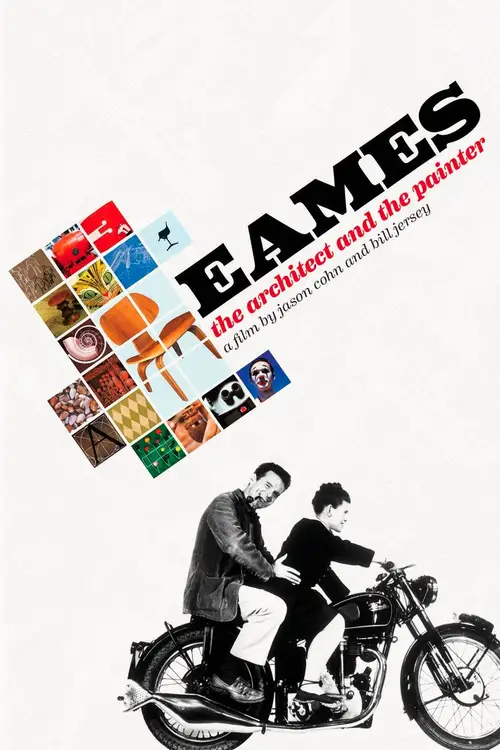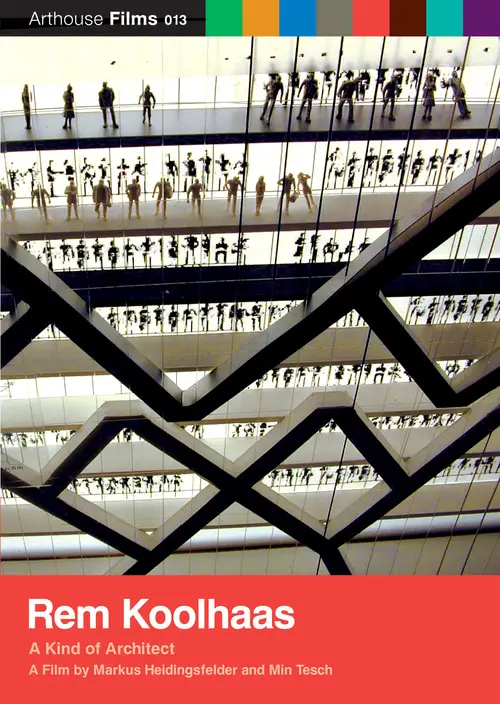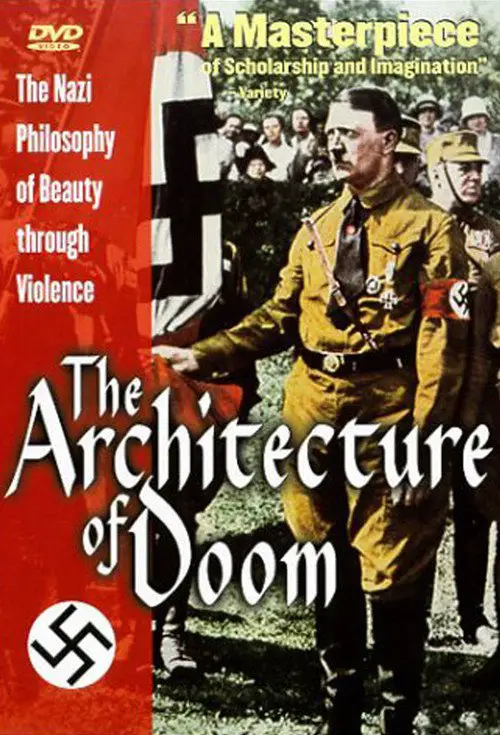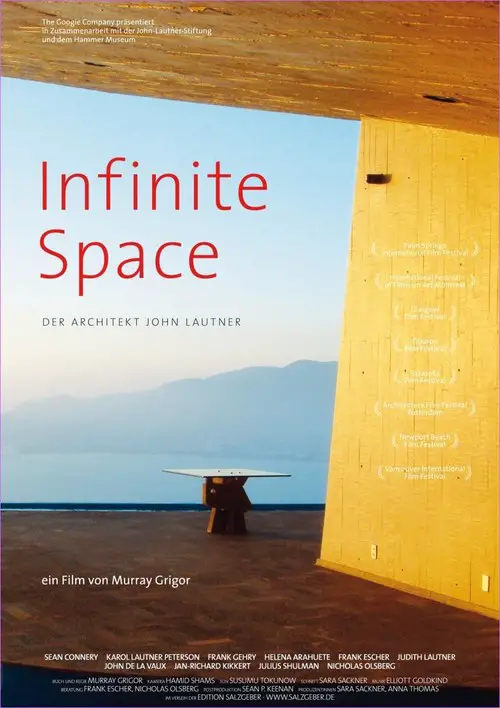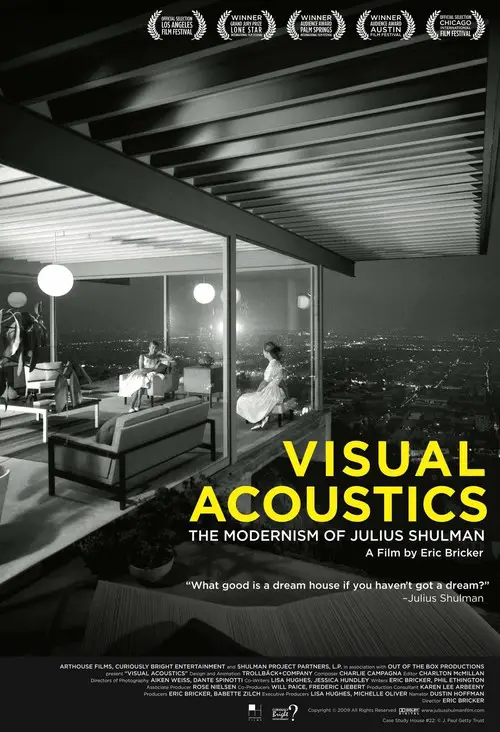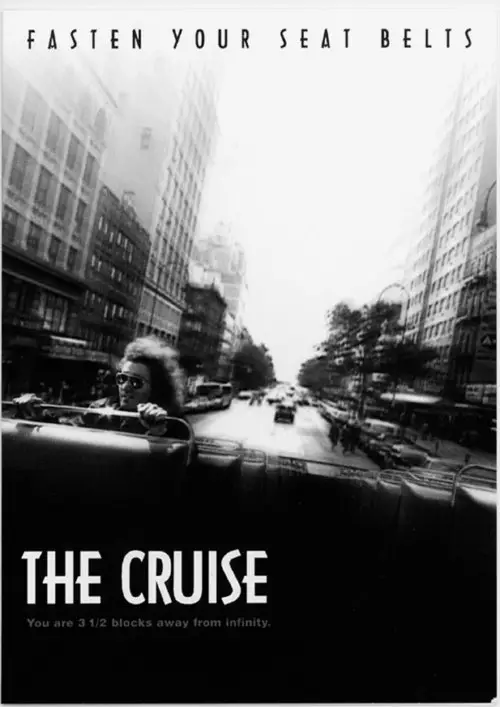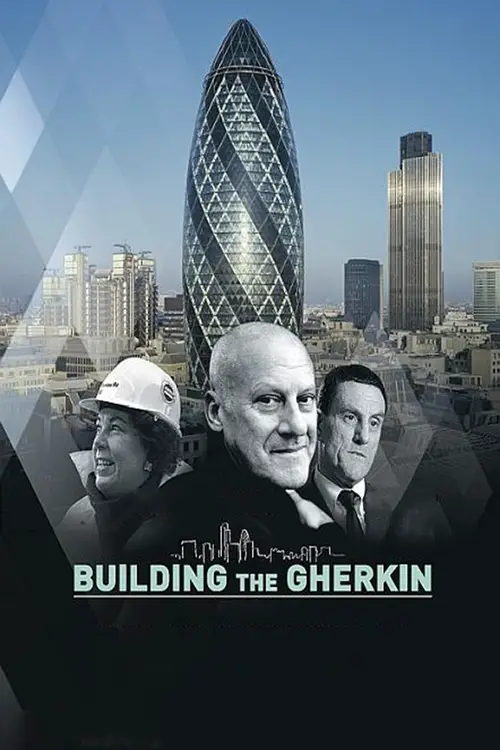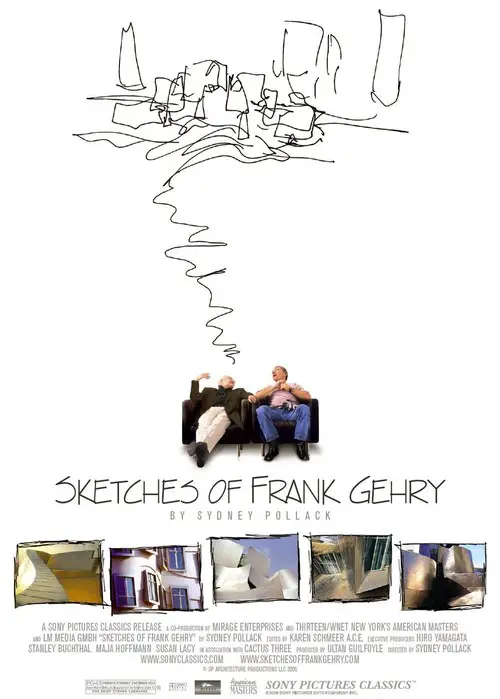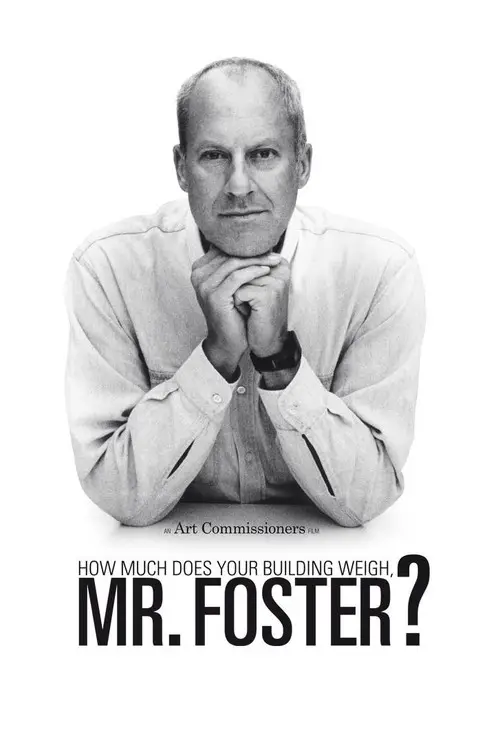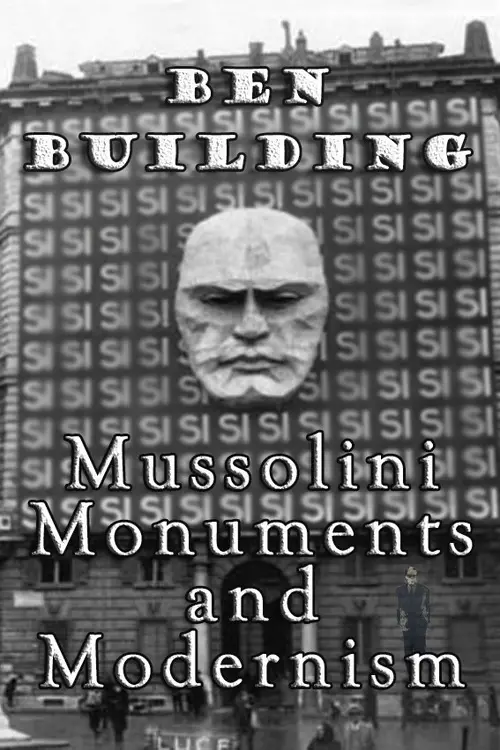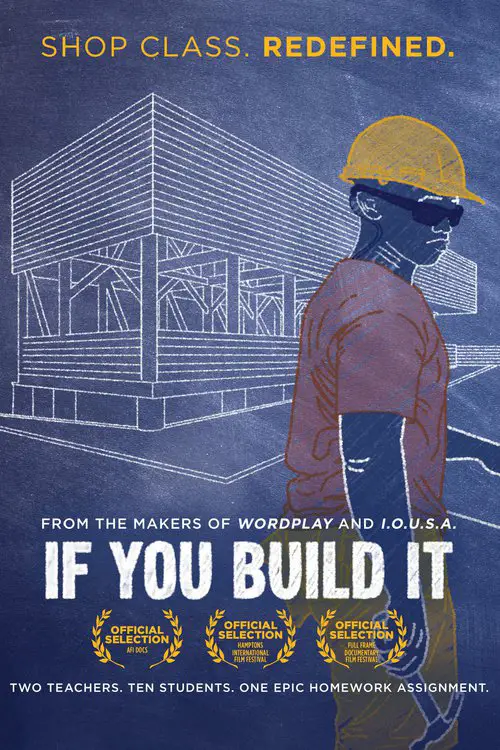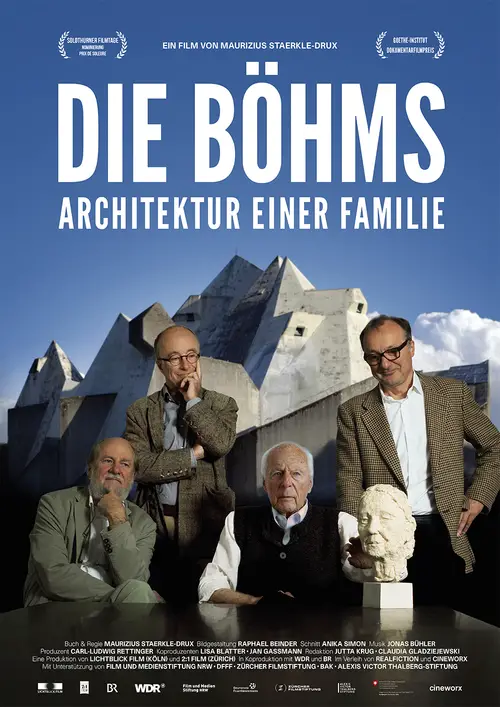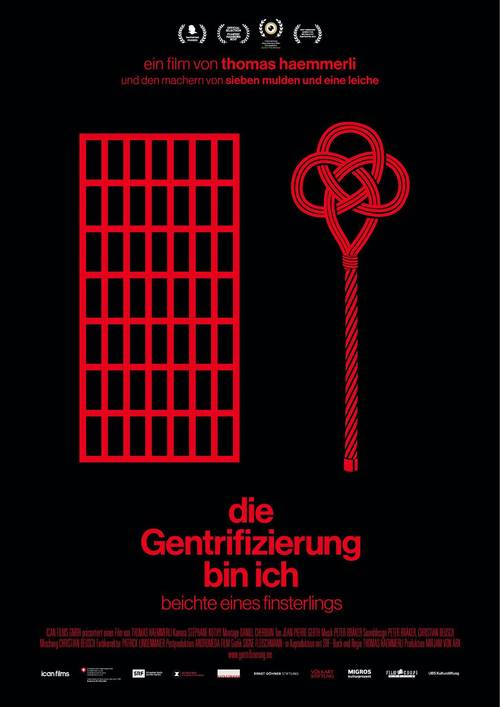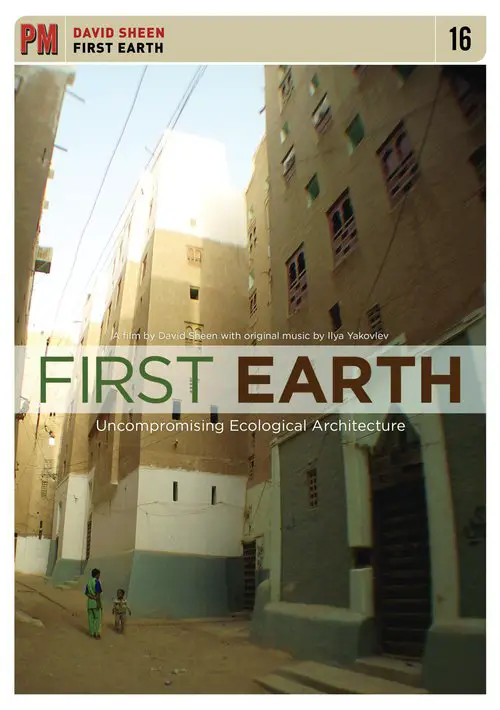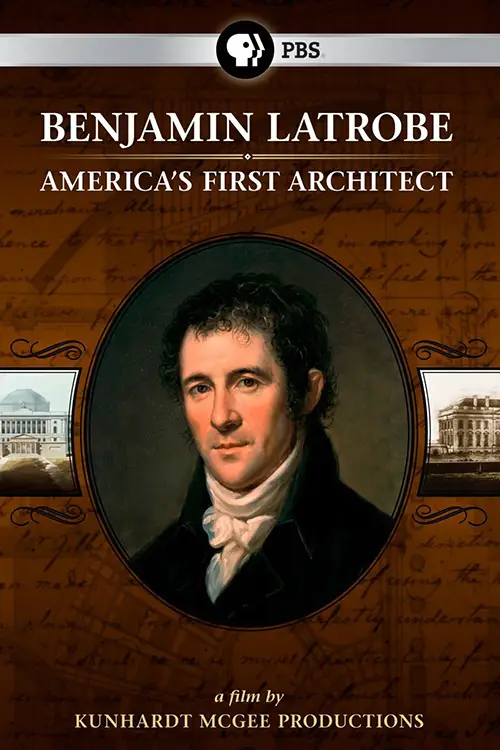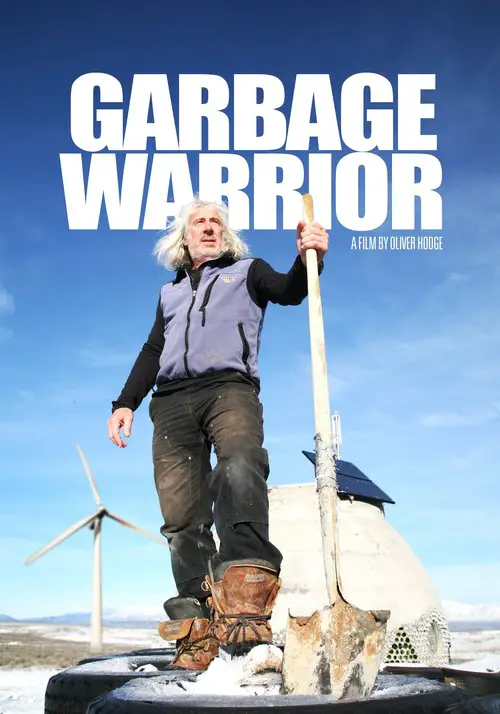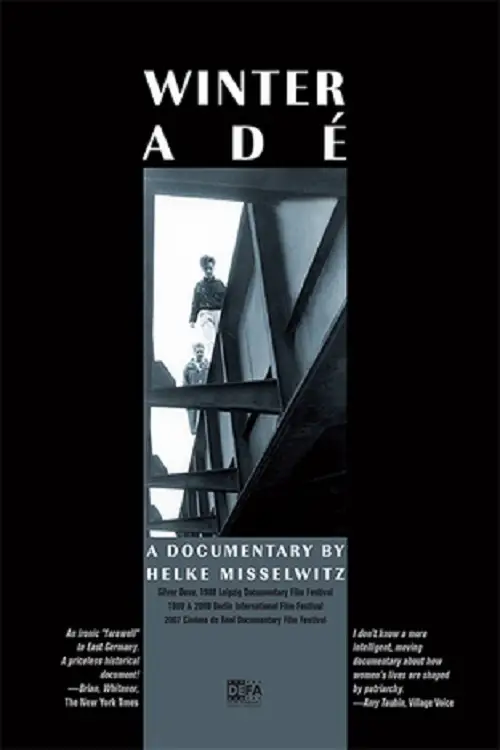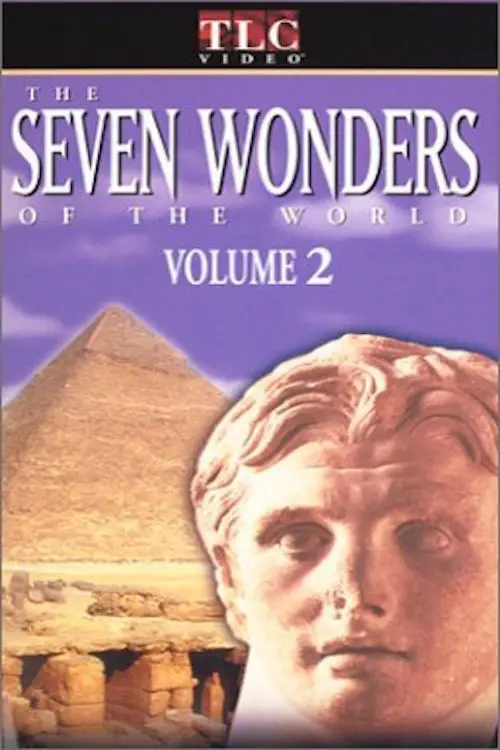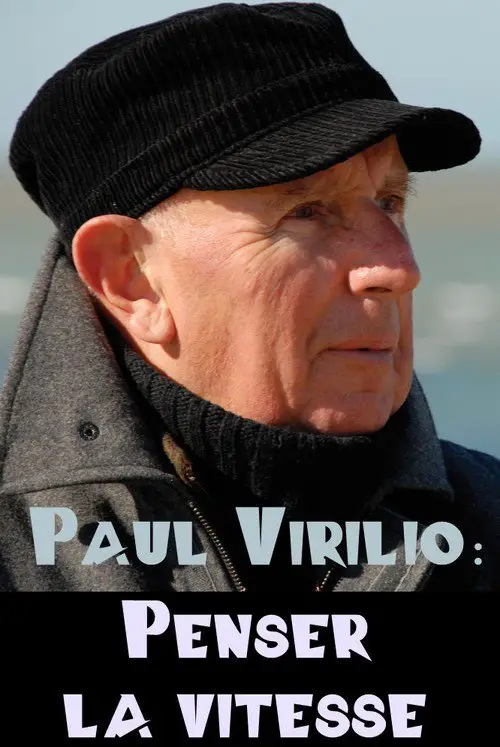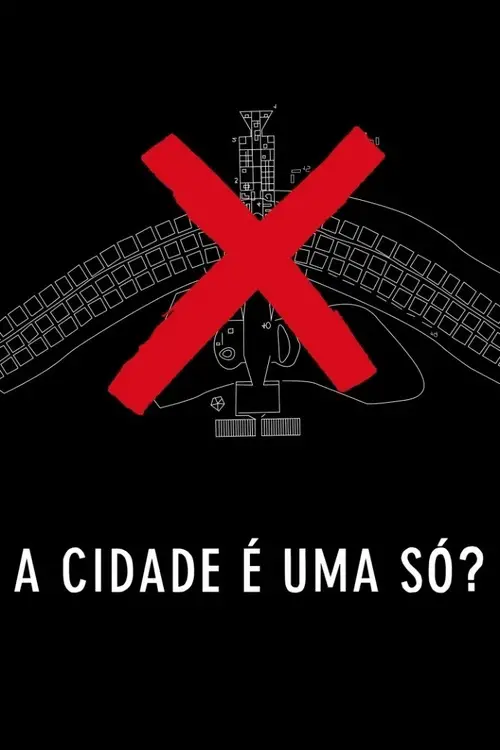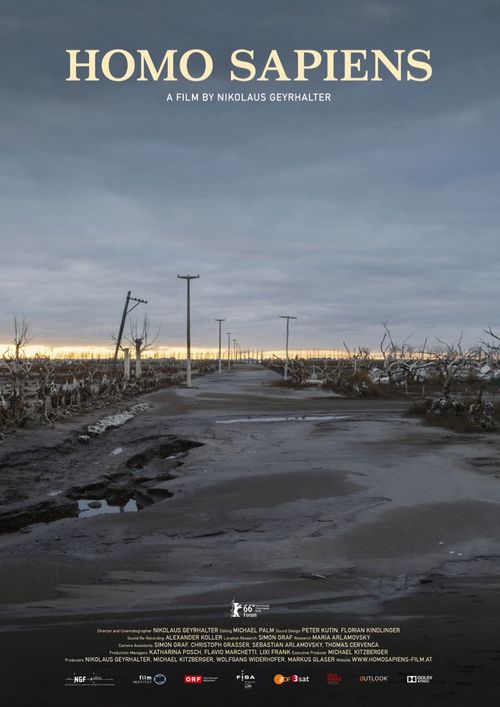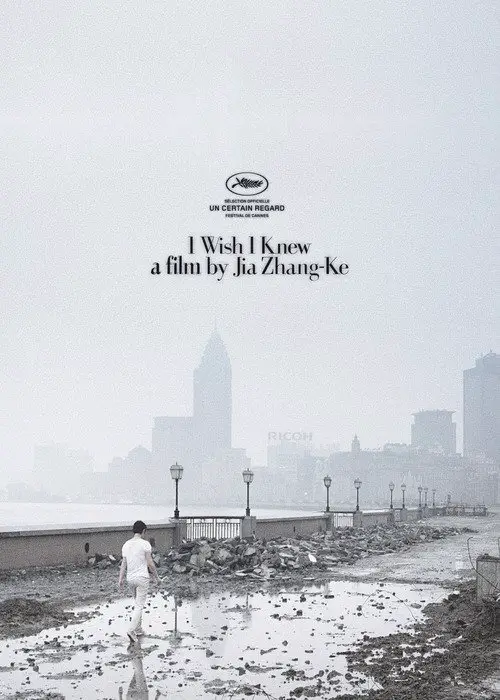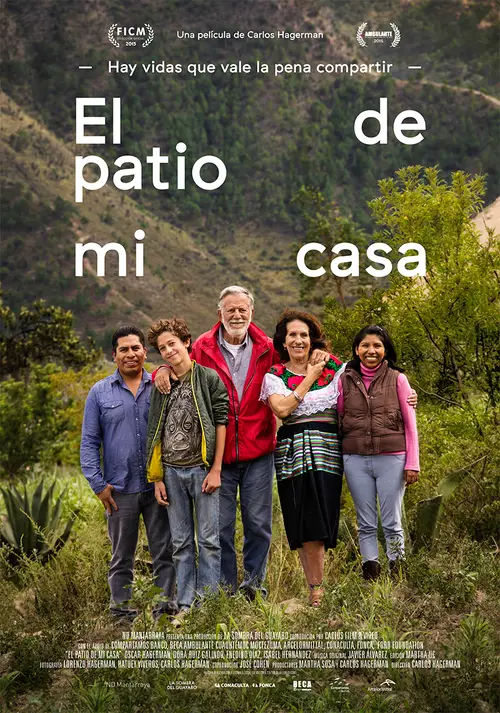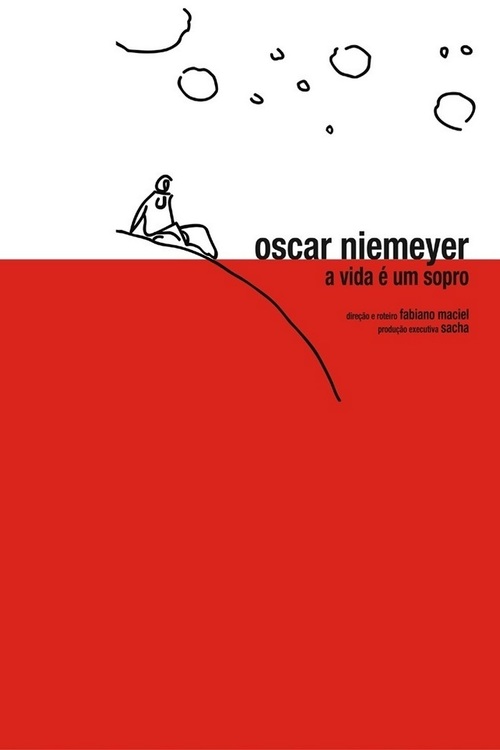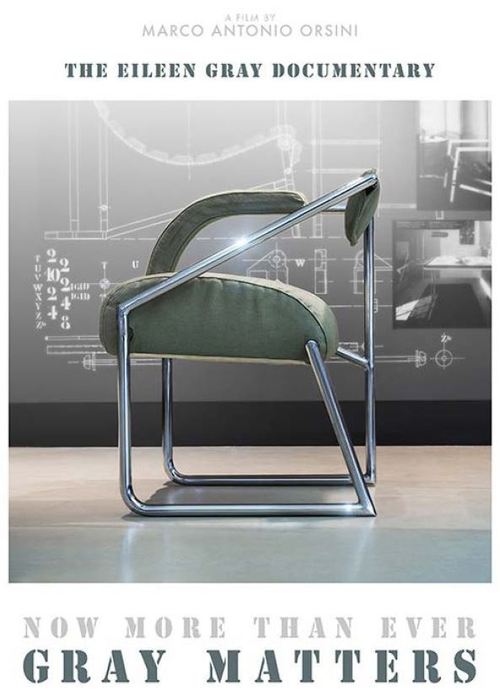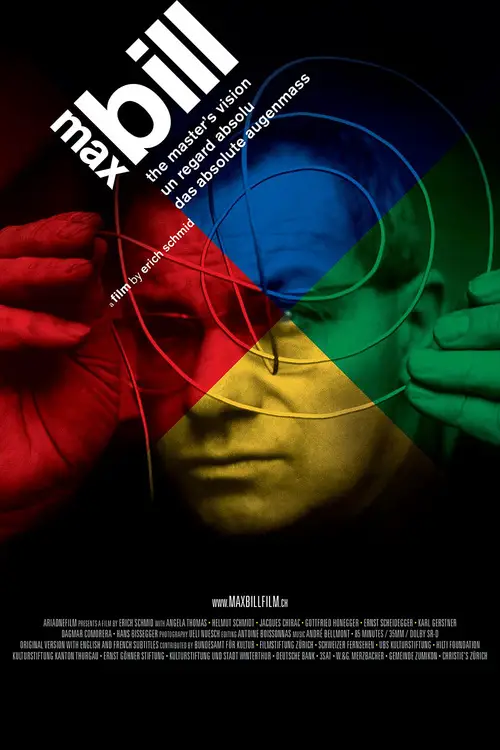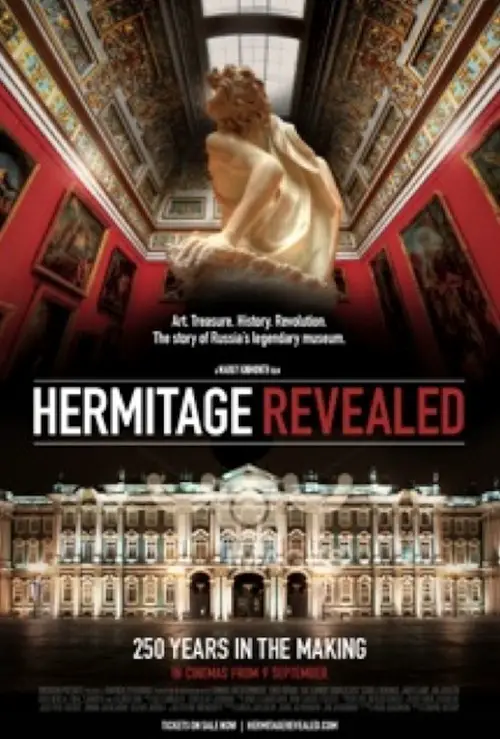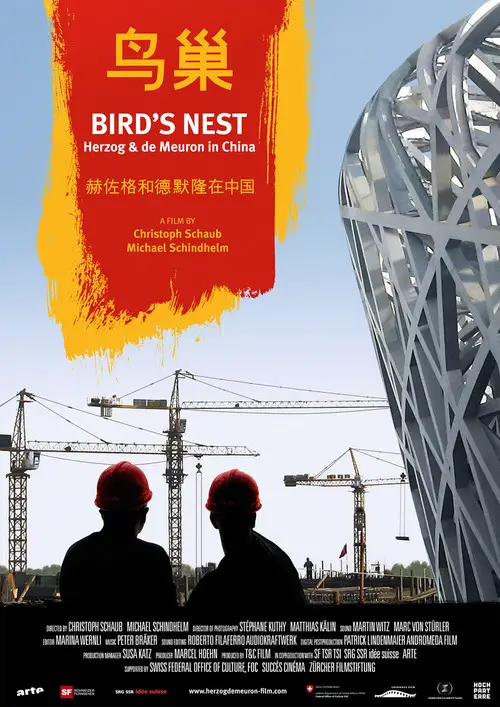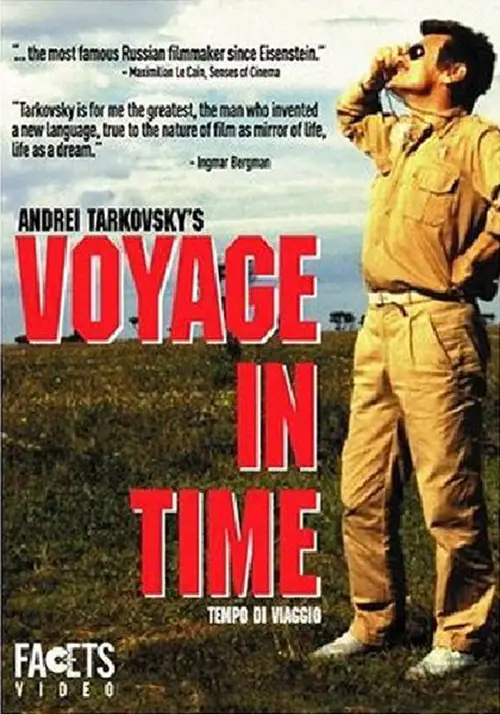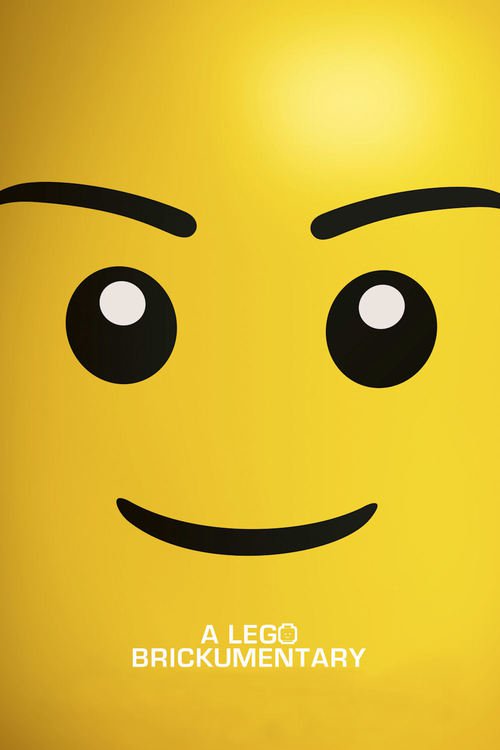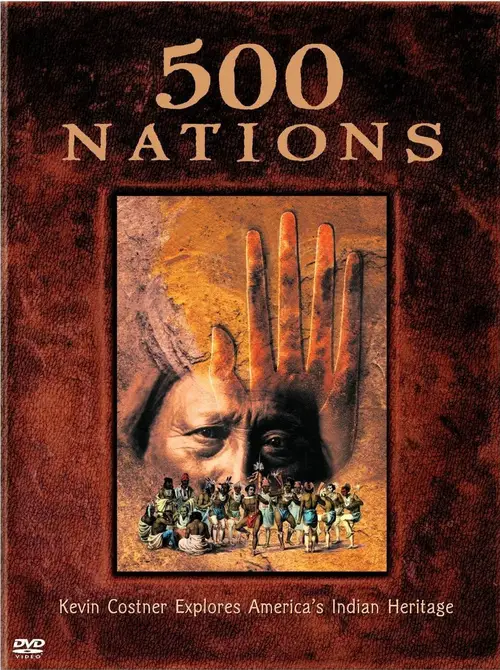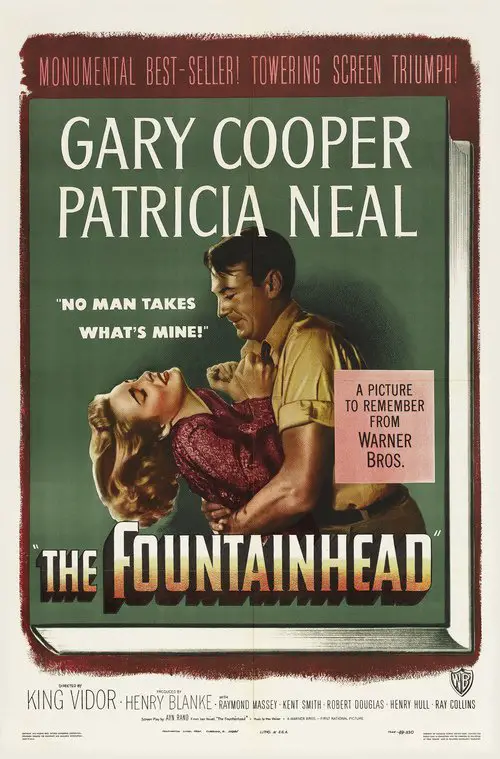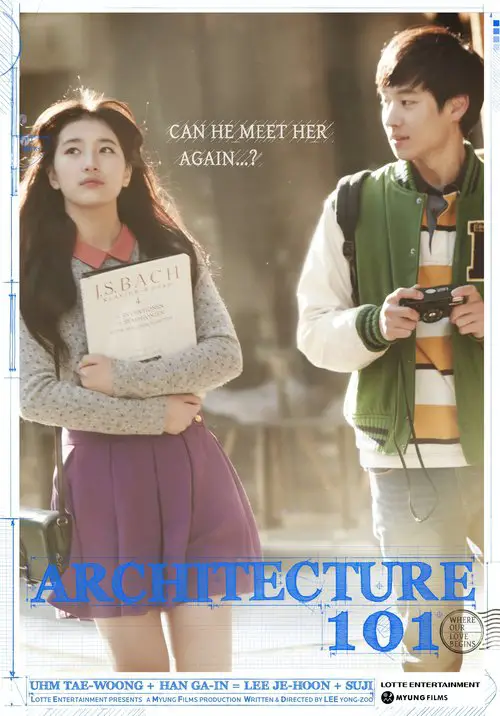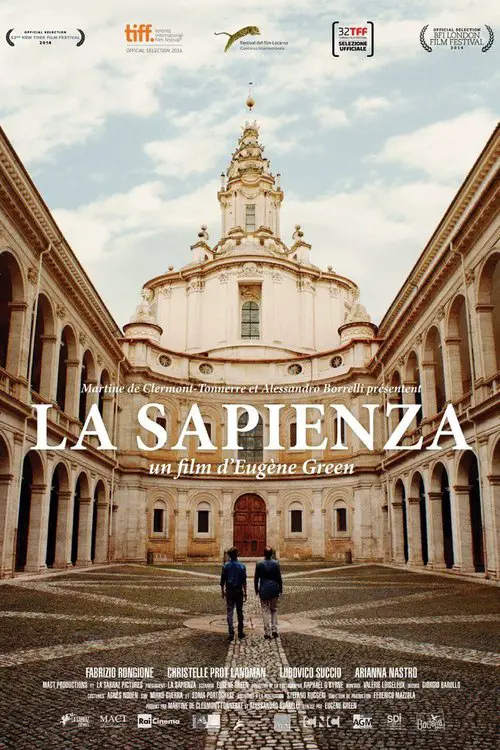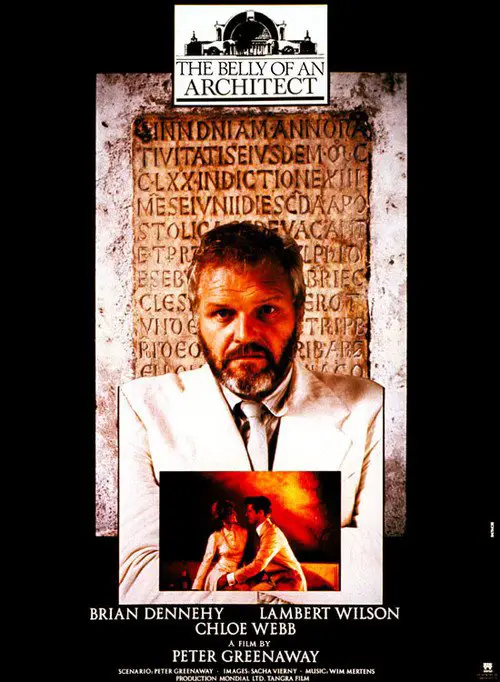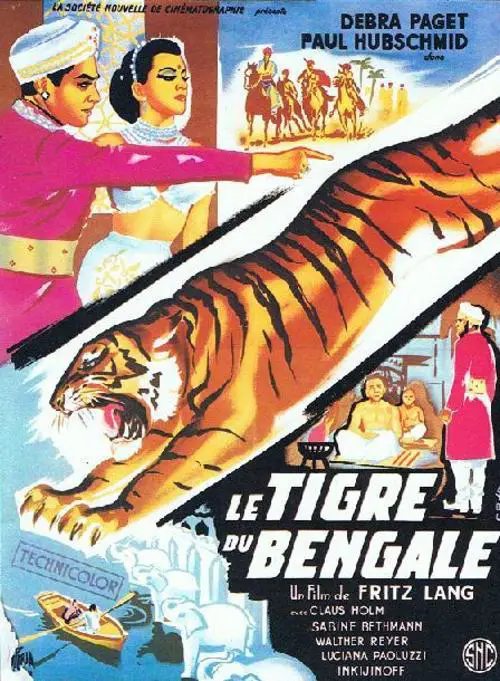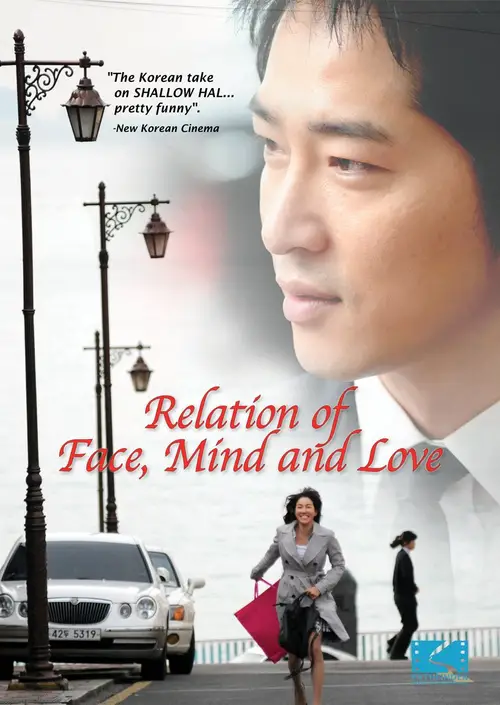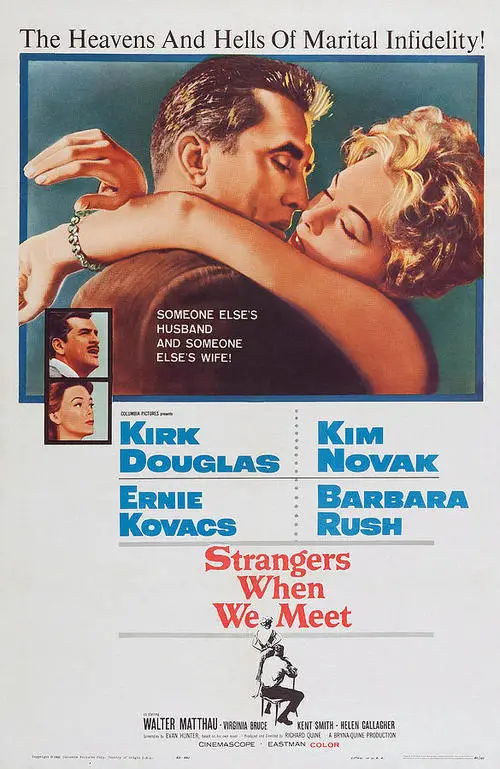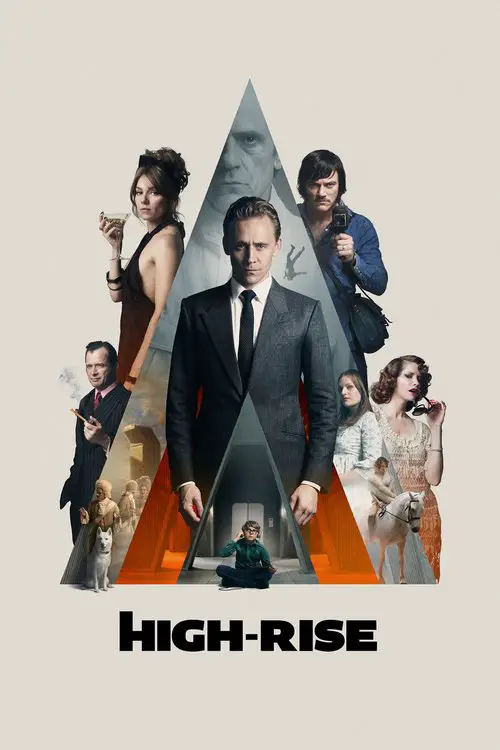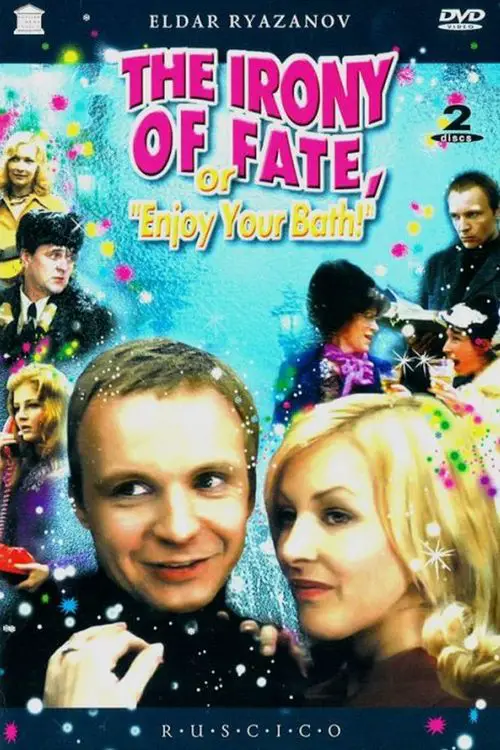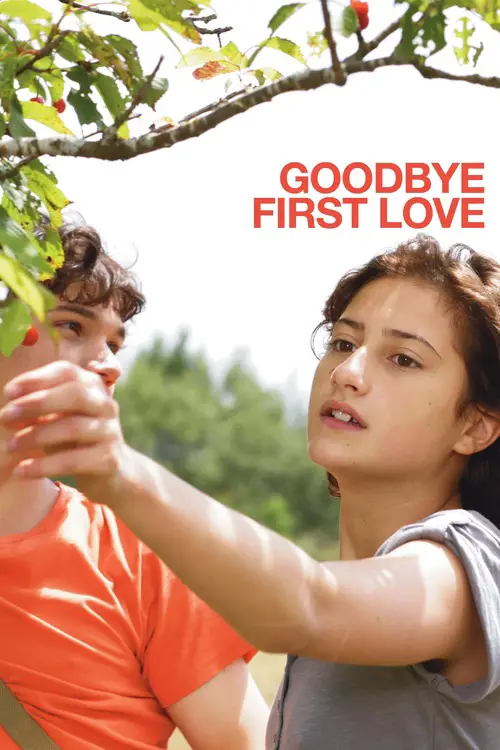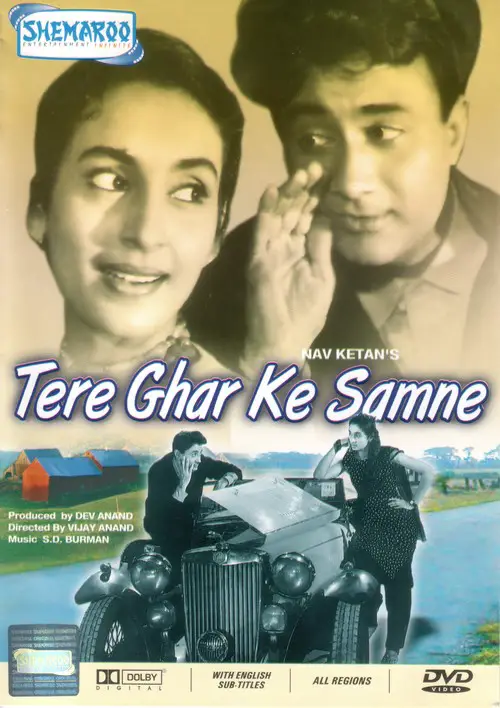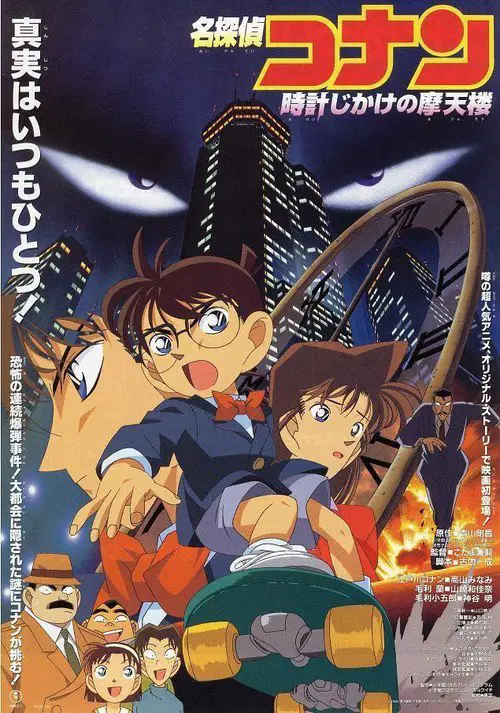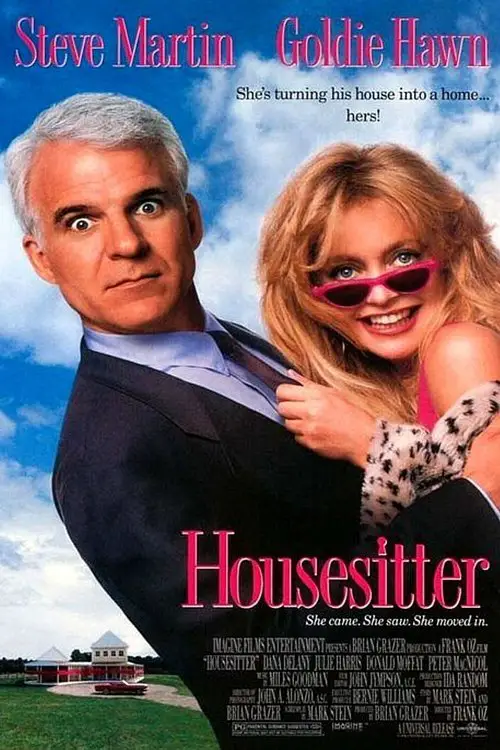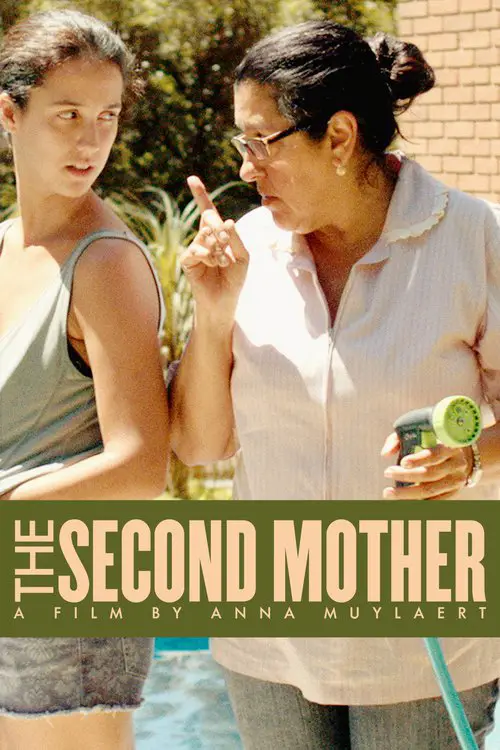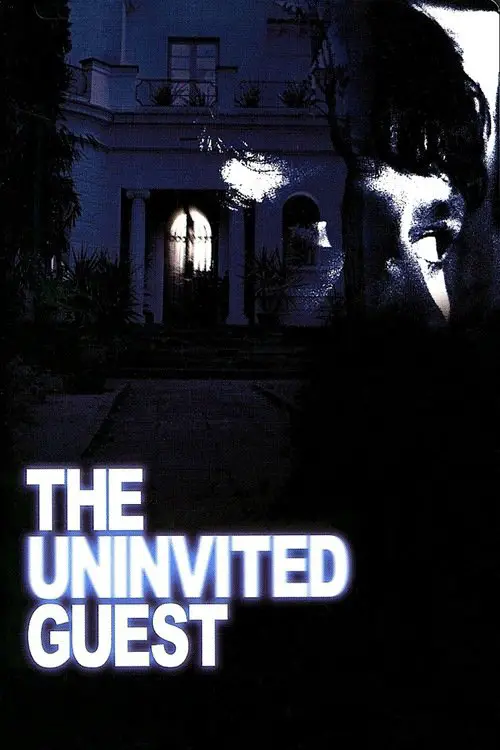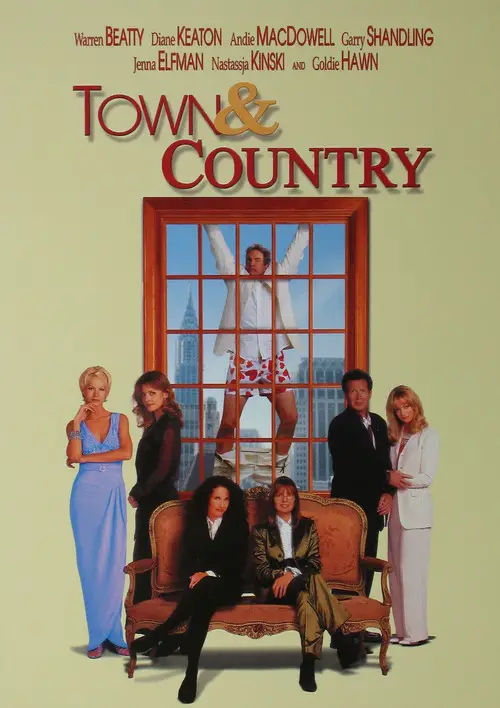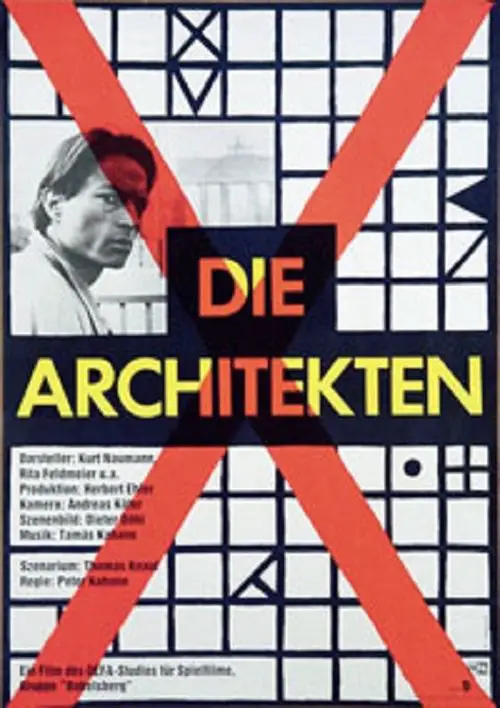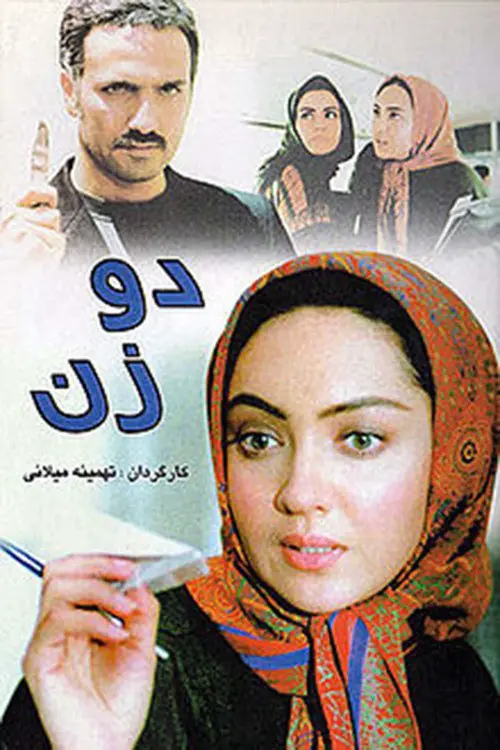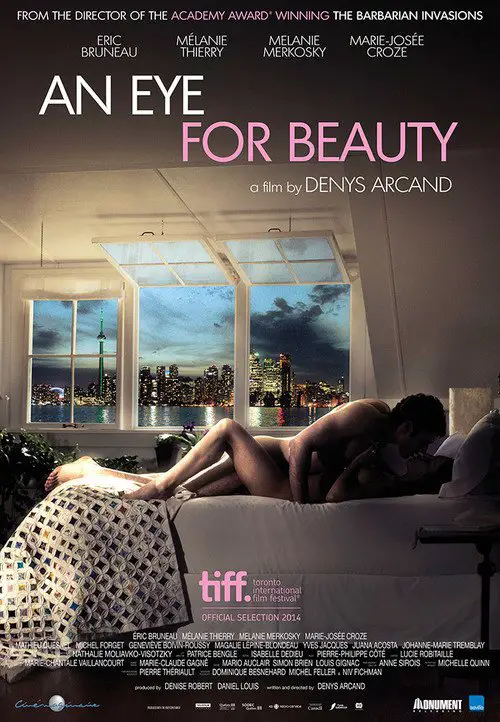Antonio Gaudí (1984)
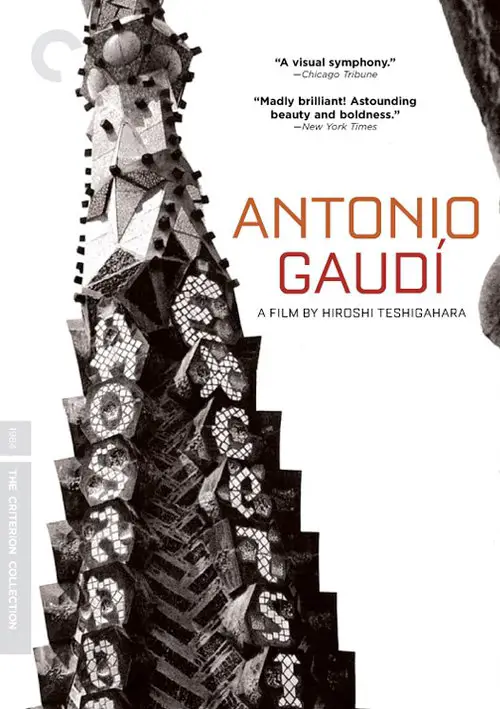
Similar movies
The husband-and-wife team of Charles and Ray Eames were America's most influential and important industrial designers. Admired for their creations and fascinating as individuals, they have risen to iconic status in American culture. 'Eames: The Architect & The Painter' draws from a treasure trove of archival material, as well as new interviews with friends, colleague, and experts to capture the personal story of Charles and Ray while placing them firmly in the context of their fascinating times.
Rarely has an architect caused as much sensation outside of the architecture community as Rem Koolhaas. His outstanding creations such as the Dutch Embassy in Berlin, the Seattle Library, the Casa da Musica concert hall in Porto, and the Guggenheim Heritage Museum in Las Vegas are working examples of the Dutchman's visionary theories about architecture and urban society. "Rem Koolhaas: A Kind of Architect" is an engaging portrait of a visionary man, which takes us to the heart of his ideas. The filmmakers have made a visually inventive thought provoking portrait of the architect, prompting Rem Koolhaas to state "it's the only film about me that I have liked."
Featuring never-before-seen film footage of Adolf Hitler and the Nazi regime, The Architecture of Doom captures the inner workings of the Third Reich and illuminates the Nazi aesthetic in art, architecture and popular culture. From Nazi party rallies to the final days inside Hitler's bunker, this sensational film shows how Adolf Hitler rose from being a failed artist to creating a world of ponderous kitsch and horrifying terror. Hitler worshipped ancient Rome and Greece, and dreamed of a new Golden Age of classical art and monumental architecture, populated by beautiful, patriotic Aryans. Degenerated artists and inferior races had no place in his lurid fantasy. As this riveting film shows, the Nazis went from banning the art of modernists like Picasso to forced euthanasia of the retarded and sick, and finally to the persecution of homosexuals and the extermination of the Jews.
Visual Acoustics celebrates the life and career of Julius Shulman, the world's greatest architectural photographer, whose images brought modern architecture to the American mainstream. Shulman, who passed away this year, captured the work of nearly every modern and progressive architect since the 1930s including Frank Lloyd Wright, Richard Neutra, John Lautner and Frank Gehry. His images epitomized the singular beauty of Southern California's modernist movement and brought its iconic structures to the attention of the general public. This unique film is both a testament to the evolution of modern architecture and a joyful portrait of the magnetic, whip-smart gentleman who chronicled it with his unforgettable images.
Affectionate portrait of Tim "Speed" Levitch, a tour guide for Manhattan's Gray Line double-decker buses. He talks fast, is in love with the city, and dispenses historical facts, architectural analysis, and philosophical musings in equal measures. He's reflective and funny about cruising: he loves it, got in it to meet women, and he'd quit work if he could. His personal life is disclosed in small
Can a single building impact the career of an architect, the image of a global company and even the skyline of a big city? Just a month and a day after the disastrous attack on the World Trade Center in New York, the first steel beam of a new tower is erected in London. One question is on everybodyâs mind: is it the right decision to build a new iconic tower in the midst of Londonâs financial district, on a site that has already been bombed before? The 40-storey steel and glass tower sparks further controversy. Norman Foster, one of Britainâs most visionary architects, calls his design for the new Swiss Re London headquarters âradial â socially, technically, architecturally and spatiallyâ. In fact, its size and shape are so radical that it is almost immediately nicknamed âthe erotic gherkinâ. Will the Gherkin become the landmark they all dream of?
First and foremost, Frank Gehry is an artist. Described as a young child as having golden hands, Frank begins his creation through sketch. Forming thought into substantive sculpture, the marriage of art and architechure is brought to life. Join director Sydney Pollack on a journey into the world and work of the most important architect of our Age.
Having previously investigated the architecture of Hitler and Stalin's regimes, Jonathan Meades turns his attention to another notorious 20th-century European dictator, Mussolini. His travels take him to Rome, Milan, Genoa, the new town of Sabaudia and the vast military memorials of Redipuglia and Monte Grappa. When it comes to the buildings of the fascist era, Meades discovers a dictator who couldn't dictate, with Mussolini caught between the contending forces of modernism and a revivalism that harked back to ancient Rome. The result was a variety of styles that still influence architecture today. Along the way, Meades ponders on the nature of fascism, the influence of the Futurists, and Mussolini's love of a fancy uniform.
A year in the life of one of America's most innovative classrooms where students design & build to transform their hometown community. The film follows Emily Pilloton and Matt Miller as they teach the fundamentals of design, architecture and construction to a class of high school juniors in rural North Carolina.
CONCRETE LOVE is the first and only documentary about one of Germany's preeminent architects, Gottfried Boehm. Being the only German laureate of the prestigious Chicago based Pritzker Price for Architecture, he is also the patriarch of an architecture dynasty to which his sons Stephan, Peter und Paul belong. But with the death of his wife Elisabeth, a key source of inspiration for all four Boehms, the family loses its emotional lodestone. The film paints an intimate and pointed portrait of the complexity and inseparability of love, art and architecture.
Is the city of Zurich suffering from âdensity stressâ? What is it like to live in mega cities such as São Paulo, Mexico City and Tiflis? Filmmaker Thomas Haemmerli broaches the topics of city development, architecture, density, housing market, xenophobia and gentrification from an autobiographical perspective. The path of his life has led him from a childhood in the villa district of Zürichberg, through his teenage years as squatter to flat shares, yuppie apartments and finally second homes in various cities. Only recently having become a dad, he plans to further enhance Zurichâs price appreciation by purchasing a huge, extended city apartment⦠This multifaceted essay not only humorously questions the filmmakerâs decisions, but also those of the right-wing conservatives, who are afraid of losing their space to immigrants, and the political left, who fail to embrace modern-age architecture.
FIRST EARTH is a documentary about the movement towards a massive paradigm shift for shelter - building healthy houses in the old ways, out of the very earth itself, and living together like in the old days, by recreating villages. An audiovisual manifesto filmed over the course of 4 years and 4 continents, FIRST EARTH makes the case that earthen homes are the healthiest housing in the world; and that since it still takes a village to raise a healthy child, it is incumbent upon us to transform our suburban sprawl into eco-villages, a new North American dream.
Garbage Warrior is a feature-length documentary film telling the epic story of maverick US architect Michael Reynolds and his fight to introduce radically sustainable housing. An extraordinary tale of triumph over bureaucracy, Garbage Warrior is above all an intimate portrait of an extraordinary individual and his dream of changing the world. Written by The Works International
They called themselves the United Society of Believers in Christâs Second Appearing, but because of their ecstatic dancing, the world called them Shakers. Though they were celibate, they are the most enduring religious experiment in American history. They believed in pacifism, natural health and hygiene, and for more than 200 years insisted that their followers should strive for simplicity and perfection in everything they did. The Shakers put their "hands to work and their hearts to God," creating an exquisite legacy of fine furniture, glorious architecture and beautiful music that will remain and inspire long after the last Shaker is gone. Through diaries, archival photographs, music and stunning cinematography, Ken Burns creates a moving portrait of this particularly American movement, and in the process, offers us an unusually moving way to understand the Shakers.
Shortly before GDRâs collapse, Helke Misselwitz traveled by train from one end of the country to the other interviewing East German women of different age and background. In this documentary masterpiece, women reveal their personal and professional frustrations, hopes and aspirationsâand, in doing so, paint a portrait of a changing society. The landscape and architecture of East Germany, filmed in B&W on 35mm by Thomas Plenert, form the background to the stories.
Noted scholar John Romer takes us on a tour of the seven wonders of the ancient world. This program presents the stories of the works of architecture regarded by the Greeks and Romans as the most extraordinary structures of antiquity: the Hanging Gardens of Babylon, The Statute Of Zeus, the Temple of Artemis, the Mausoleum of Halicarnassus, the Pharos of Alexandria and the Pyramids of Egypt and more.
The city of Brasilia hoped to become, from its very architecture, the expression of a modern urban conception and an egalitarian society. However, neither the workers hired to pursue this project, nor the constant migratory flow that took place from the beginning, fitted in the governmentâs plan. In 1971, began what was known as the âCampaign to Eradicate Invadersâ. The parents of director Adirley Queirós were amongst the thousands of people displaced towards Brazilian outskirts, into a suburb that borrowed the campaign initials and was named Ceilândia. Queirós, member of the first generation of the âceilandesesâ, was âan offspring of the contradiction that resulted in being a part of Brasilia without being from Brasiliaâ. Together with other locals, the director reflects about the history, the transformations, and the future of this place where the hypocritical official jingle âA cidade é uma só!â is no longer heard.
The images could be taken from a science fiction film set on planet Earth after itâs become uninhabitable. Abandoned buildings â housing estates, shops, cinemas, hospitals, offices, schools, a library, amusement parks and prisons. Places and areas being reclaimed by nature, such as a moss-covered bar with ferns growing between the stools, a still stocked soft drinks machine now covered with vegetation, an overgrown rubbish dump, or tanks in the forest. Tall grass sprouts from cracks in the asphalt. Birds circle in the dome of a decommissioned reactor, a gust of wind makes window blinds clatter or scraps of paper float around, the noise of the rain: sounds entirely without words, plenty of room for contemplation. All these locations carry the traces of erstwhile human existence and bear witness to a civilisation that brought forth architecture, art, the entertainment industry, technologies, ideologies, wars and environmental disasters.
Doris and Oscar, a couple who has spent 40 years living and working together, face their impending retirement. Both dedicated their lives to educational projects and architecture in rural indigenous communities in Mexico. Isabel and Enedino, two indigenous professionals in the Sierra of Puebla, take the baton from their mentors and teachers. A documentary that celebrates and explores the transformational process of teaching, learning and building.
Dan Cruickshank explores the rich aesthetic of Ludwig II - from the mock-medievalism of Neuschwanstein the iconic fairytale castle, which became the inspiration for Walt Disney's Sleeping Beauty castle, to the rich Baroque splendour of Herrenchiemsee, Ludwig's answer to Versailles. Dan argues that Ludwig's castles are more than flamboyant kitsch and are, in fact, the key to unravelling the eternal enigma of Ludwig II.
Gray Matters explores the long, fascinating life and complicated career of architect and designer Eileen Gray, whose uncompromising vision defined and defied the practice of modernism in decoration, design and architecture. Making a reputation with her traditional lacquer work in the first decade of the 20th century, she became a critically acclaimed and sought after designer and decorator in the next before reinventing herself as an architect, a field in which she laboured largely in obscurity. Apart from the accolades that greeted her first building âpersistently and perversely credited to her mentorâher pioneering work was done quietly, privately and to her own specifications. But she lived long enough (98) to be re-discovered and acclaimed. Today, with her work commanding extraordinary prices and attention, her legacy, like its creator, remains elusive, contested and compelling.
The film about Max Bill (1908-1994) moves between the dynamic fields of art, aesthetics and politics. Max Bill was probably the most important swiss artist of the 20th century and the most famous student to come out of the legendary Bauhaus in Dessau. He was an ardent anti-fascist and all his avant-garde work as an artist, sculptor, architect and typographer showed a social responsibility and environmental awareness right through his life. His views have become incredibly topical.
The State Hermitage Museum in St. Petersburg is one of the largest and most visited museums in the world, holding over 3 million treasures and world class masterpieces in stunning architectural settings. To celebrate its 250th anniversary in 2014, Margy Kinmonth's film reveals the remarkable stories that have shaped the Hermitage's 250 year journey from Imperial Palace to State Museum.
500 Nations is a documentary which explores the history of the indigenous peoples of North and Central America, from pre-Colombian times, through the period of European contact and colonization, to the end of the 19th century and the subjugation of the Plains Indians of North America. 500 Nations relies on historical texts, eyewitnesses accounts, pictorial sources and computer graphic reconstructions to explore the magnificent civilizations which flourished prior to contact with Western civilization, and to tell the dramatic and tragic story of the Native American nations' desperate attempts to retain their way of life against overwhelming odds.
The story is one of an architect that has lost his inspiration and goes looking for those motivations that pushed him as a youngster to take up the profession. Inspiring him was the baroque movement and all of its artifices: the Guarini in Turin and the Borromini in Rome. The filmâs central story ends up being the love story that develops between architecture, artistic inspiration and feelings.
This is the third and least successful version of screenwriter Thea von Harbou's original story, Das Indische Grabmal, written around 1919. Her ex-husband, Fritz Lang directs this routine, outdated drama about an exotic dancer named Seetha (Debra Paget) who is hired by Chandra (Walther Reyer), an Indian maharaja. Chandra is having problems keeping his domain in order and his subjects are on the verge of rebellion. To make matters worse, Seetha is not interested in him but in Harald Berger (Paul Hubschmid), an architect. Harald is there to construct colonial-style architecture, but between the rebellious peasants and the Maharaja, he and Seetha have dim prospects for a future here.
Kang Tae-poong is a handsome and successful architect who constantly emphasizes the importance of substance over style in architecture, but has yet to apply this philosophy when it comes to love. Until one day, after a minor car accident, he suddenly suffers from a "temporary visual impairment" that makes beauties appear ugly and vice versa. When an inebriated and hot-tempered Wang So-jung passes out in front of Tae-poong's office building, he sees her as the beautiful resurrection of his dead fiancee and falls head over heels. Ugly duckling So-jung is completely baffled when Tae-poong keeps calling her his "goddess," but she soon makes him fall in love with her for her true charms, like how she is humble and unafraid to be goofy. Tae-poong's eye problem is fixed, however, by the time So-jung returns from a business trip a few days later, and when they meet again, he fails to recognize her.
In the midst of a vast ocean stands the Elysium Tower â a glistening vertical city â a sanctuary for challenging times. Powered by sun and earth, designed by the greatest architectural visionary of the new millennium, Elysium is a self contained world. A world of commerce, cuisine and entertainment, featuring restaurants, swimming pools, libraries, cinemas, even a research hospital. It is not just the tallest and most technologically advanced work of modern architecture, but one that embodies the world's highest aspirations. Dr. Robert Laing, a new arrival, settles in and adjusts to this hermetic life. But before long he becomes aware of something unsettling in the building. In an escalating atmosphere of unrest the residents break into tribal factions. Laing watches in horror as the myth of a utopian society is shattered.
A group of old friends have a tradition of going to a public bathing house on New Years eve. Occasionally too much vodka and beer makes two of them unconscious. The problem is that one of them (Sasha) has to go to Leningrad but another one (Zhenya) goes. Zhenya wakes up at Leningrad airport. Believing that he is still in Moscow he takes a taxi and goes home. The street name, building and even apartment number, the way an apartment complex looks the same and the key coincide completely - just typical Soviet-type 'economy' architecture. Imagine the surprise of Nadya when she enters her apartment and finds a man without trousers in her bed. What's more - Nadya's fiancé also finds him there...
Rakesh (Dev Anand) is a successful architect hired to design dream house for Seth Karamchand (Sujata's father) and Lala Jagannath (Rakesh's father). Sujata (Nutan) and Rakesh are romantically involved but Rakesh finds out that both of his clients cannot stand each other and are infact going to be neighbours. A poignant and entertaining story about love between two individuals and their efforts to patch up between their families.
Mainlander & financial analyst Cheng Zixin (Gao Yuan-Yuan), who followed her then boyfriend Owen (Terence Yin) to Hong Kong, runs into her ex-boyfriend while riding the bus. Owen is now with his pregnant wife and when his wife spots Owen talking to his ex she she freaks out. Cheng hurriedly gets off the bus and, being in a daze, is almost run over by a car. A haggard drunk named Fang (Daniel Wu) then saves Cheng. Meanwhile, in a nearby car, sits CEO Cheung Shen (Louis Koo) who watches everything that transpires. CEO Cheung Shen is a playboy who also works in an office building directly adjacent to Cheng Zixin. Cheung Shen soon starts to woo Cheng Zixin by sending messages to her through the window of his office building. The drunk haggard Fang, who saved Cheng Zixin's life, runs into Cheng Zixin a few weeks later. It turns out that the drunk haggard is a Canadian-born top architect going through personal problems. They soon become friends.
Tom (Joseph Gordon-Levitt), greeting-card writer and hopeless romantic, is caught completely off-guard when his girlfriend, Summer (Zooey Deschanel), suddenly dumps him. He reflects on their 500 days together to try to figure out where their love affair went sour, and in doing so, Tom rediscovers his true passions in life.
After building his dream house, architect Newton Davis proposes marriage to his girlfriend, only to be summarily rejected. He seeks solace in a one-night stand with a waitress, never imagining that a woman he slept with once would end up posing as his wife. Gwen's ruse is so effective that by the time Newton learns of his "marriage," the entire town feels like they know him.
An excitingly fresh take on some classic themes and ideas, THE SECOND MOTHER centers around Val, a hardworking live-in housekeeper in modern-day Sao Paulo. Val is perfectly content to take care of every one of her wealthy employersâ needs, from cooking and cleaning to being a surrogate mother to their teenage son, whom she has raised since he was a toddler. But when Valâs estranged daughter Jessica suddenly shows up the unspoken but intrinsic class barriers that exist within the home are thrown into disarray. Jessica is smart, confident, and ambitious, and refuses to accept the upstairs/downstairs dynamic, testing relationships and loyalties and forcing everyone to reconsider what family really means.
What if ... you let a stranger into your house to use your phone, but while you've been patiently waiting in the kitchen, he just disappears ... or does he? Félix, an architect who has just split up with his girl-friend and inhabits a huge mansion in Barcelona, finds out how many hiding places there really are in his house. But are there enough to hide another person, a strange parasite of living space? Or is Félix really going insane?
Ray is young, charming, successful and the owner of a prosperous architect company. However, he has recently gone trough a very painful divorce. His friends try to cheer him up by showing him the positive sides of being single but for Ray marriage and stability is just too important. But when he meets Lena his gloom is quickly forgotten.
Porter Stoddard is a well-known New York architect who is at a crossroads... a nexus where twists and turns lead to myriad missteps some with his wife Ellie, others with longtime friends Mona and her husband Griffin. Deciding which direction to take often leads to unexpected encounters with hilarious consequences.
A sensuous and ethereal story of two young women falling in love for the first time. Young, beautiful Ãsia lies in a coma, her mother and boyfriend keeping constant vigil by her side. In flashback we see what led up to her accident, her life studying architecture at university, the somewhat overbearing relationship she has with her mother and her passionless relationship with Nathaniel.
The architect Daniel Brenner is in his late thirties when he receives his first challenging and lucrative commission: to design a cultural center for a satellite town in East-Berlin. He accepts the offer under the condition that he gets to choose who he works with. This way, he reunites with former colleagues and friends - most of them architects or students of architecture who have since chosen a different profession due to personal restraint or economic confinement. Together, they develop a concept which they hope will be more appealing to the public than the conventional and dull constructions common to the German Democratic Republic. However, their ambitious plans are once and again foiled by their conservative supervisors. As frustration grows, Daniel has trouble keeping his career in balance with his family-life: his wife Wanda wants to leave for West-Germany.
A sensation when released in 1999 in Iran, Two Women charts the lives of two promising architecture students over the course of the first turbulent years of the Islamic Republic. Tahimine Milani creates this scathing portrait of those traditions - aided by official indifference - which conspire to trap women and stop them from realizing their full potential; the inclusion of frank depictions of domestic violence was hailed by many as a breakthrough in dealing with a long taboo subject.
© Valossa 2015–2026
| Privacy Policy
